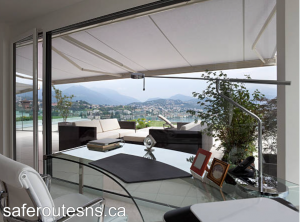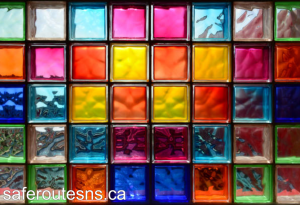Window displays: How businesses use window displays for marketing and attracting customers
Window displays have long been a popular marketing tool for businesses to attract customers and showcase their products or services. From fashion boutiques to restaurants, retailers to car dealerships, window displays can create a visually striking and engaging experience for passersby. In this article, we’ll explore the history of window displays, their benefits, and some tips for creating an effective window display.
The use of window displays for marketing purposes dates back to the early 20th century, when department stores and other retailers began using windows to showcase their latest merchandise. The goal was to capture the attention of passersby and entice them to enter the store. Over time, window displays evolved into elaborate, immersive experiences that incorporated props, lighting, and even sound.

Today, window displays remain an effective way for businesses to create a memorable and visually appealing experience for potential customers. A well-designed window display can generate foot traffic and increase sales, particularly during key shopping seasons such as the holidays.
One of the main benefits of window displays is their ability to create a sense of excitement and anticipation around a product or service. By showcasing items in a visually striking way, businesses can create a sense of exclusivity and desirability that can motivate potential customers to take action.
Another benefit of window displays is their versatility. They can be used to showcase a wide range of products and services, from clothing and accessories to home decor, food and beverages, and even cars. Window displays can also be adapted to reflect the changing seasons, holidays, or specific promotions, keeping the display fresh and engaging for repeat customers.
When creating a window display, there are several key elements to consider. First, the display should be visually striking and attention-grabbing, with bold colors, interesting shapes, and other eye-catching design elements. Lighting can also play a key role in creating a dramatic effect, particularly at night.
Second, the display should be informative, providing potential customers with a clear idea of what the business offers and why they should choose it over other options. This can be achieved through clear and concise messaging, use of graphics and signage, and carefully selected props and other display elements.
Finally, the display should be immersive, creating a sense of excitement and engagement for customers. This can be achieved through interactive elements, such as touchscreens or virtual reality experiences, or through the use of sound and other sensory cues.
In conclusion, window displays are an effective marketing tool that can help businesses generate foot traffic, increase sales, and create a memorable and visually appealing experience for potential customers. By incorporating bold colors, interesting shapes, clear messaging, and immersive elements, businesses can create a window display that stands out and attracts attention.

